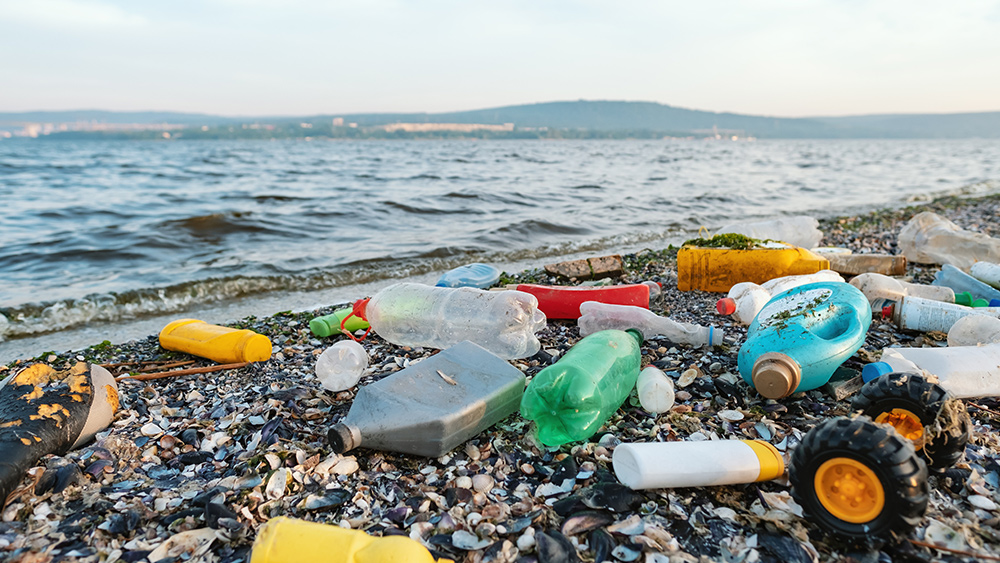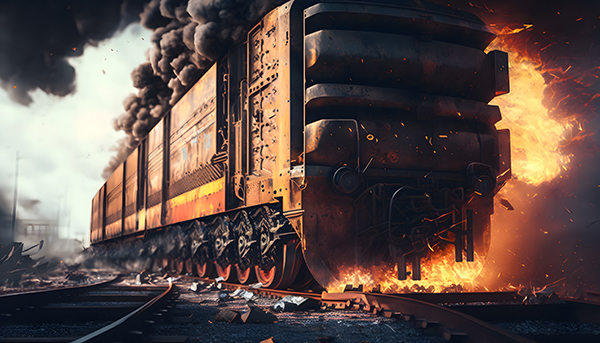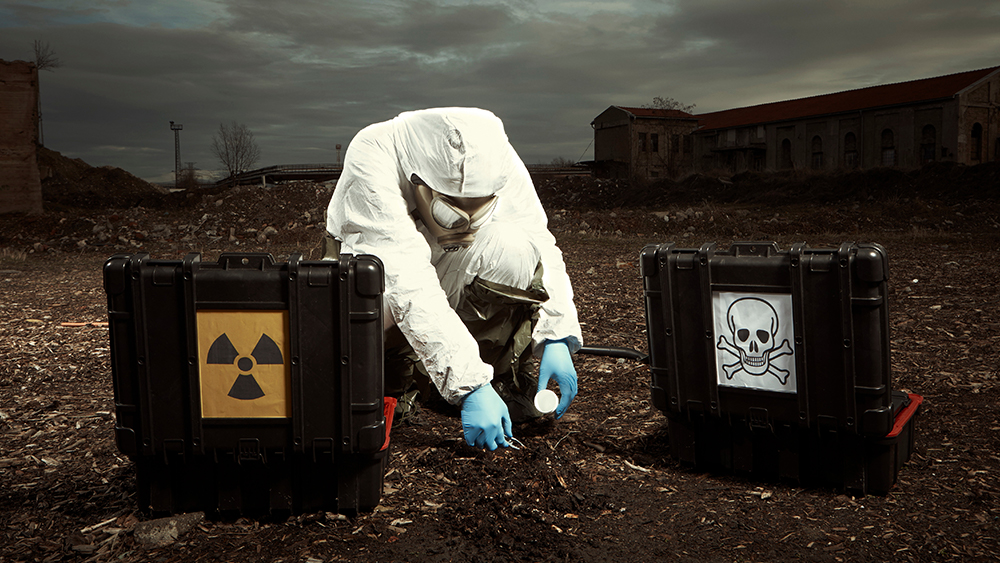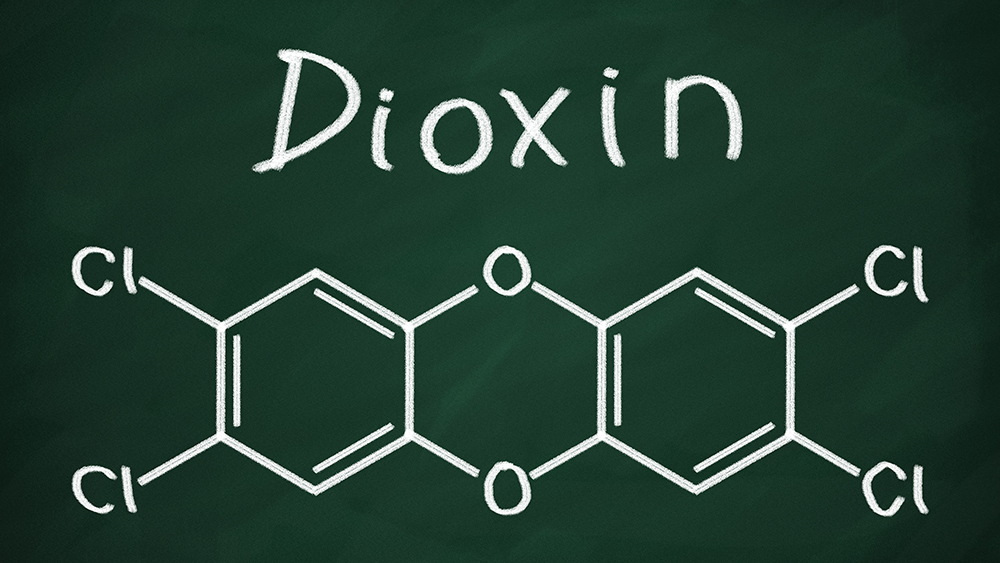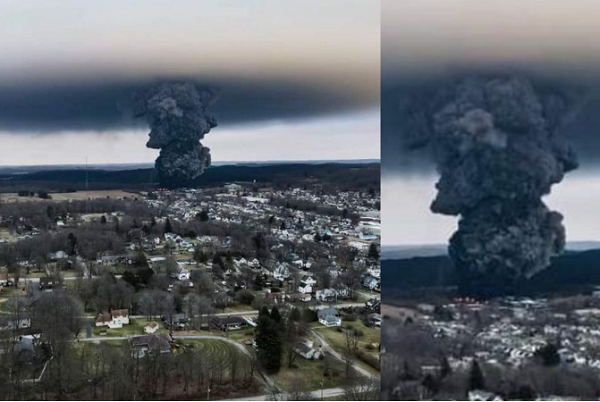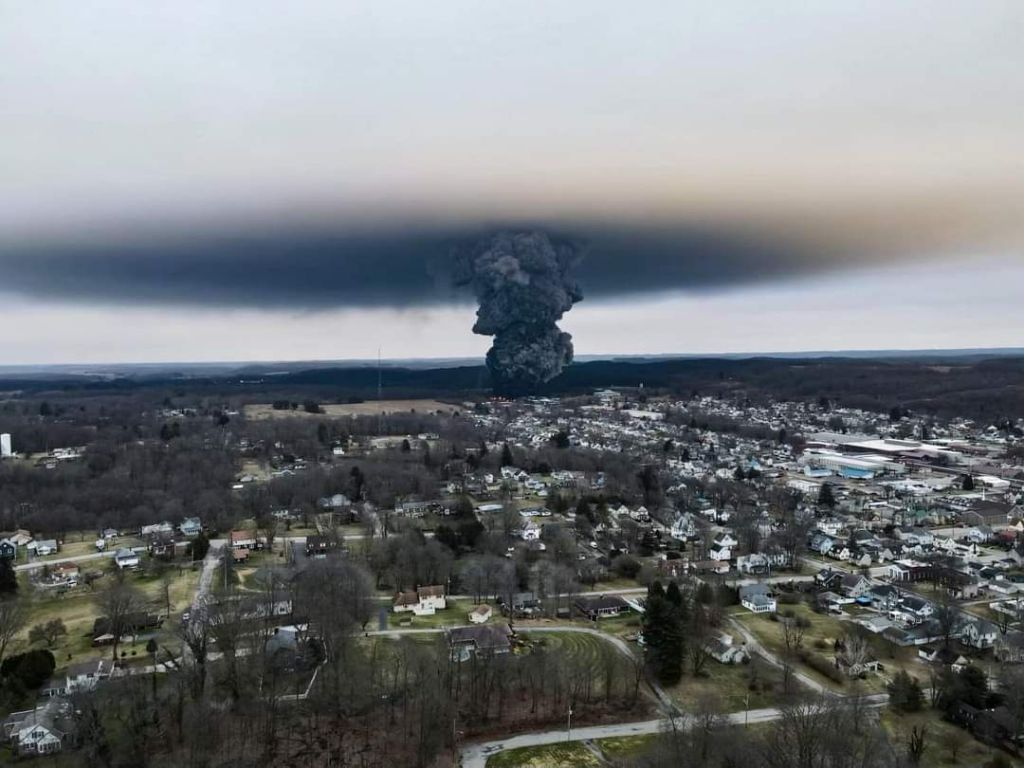Reviewing the WORST CHEMICAL DISASTERS on the planet … and most of them could have been easily prevented
03/10/2023 / By S.D. Wells
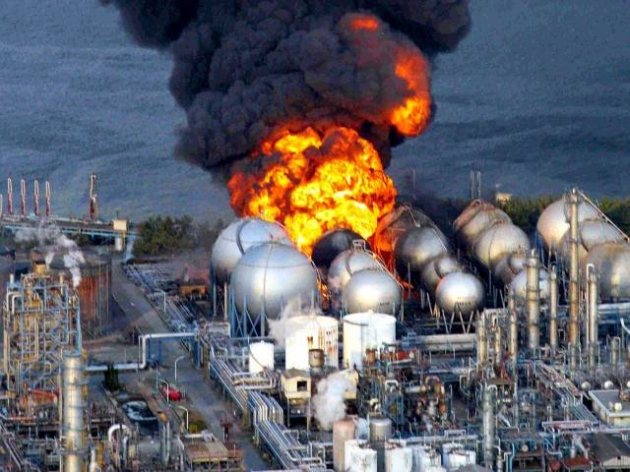
Certain chemicals pose serious risks to humans, wildlife, agriculture, and the environment, many of which are carcinogens and neurotoxins. Many people are familiar with dangerous household chemicals, like ammonia, bleach, drain cleaners, antifreeze, and even air fresheners. Industries often use or even create other volatile chemicals that are quite dangerous, including chlorine, arsenic trioxide, hydrogen cyanide, dioxins, phosgene, and many more. Some deadly chemicals are released into the environment out of pure carelessness or negligence, and others from accidents or natural disasters.
Way back in 1917, a French cargo ship loaded with wartime explosives, collided with a Norwegian vessel in Halifax, Canada, causing the deadliest industrial disaster that country has ever experienced. More than 2,000 people died and 9,000 more were injured by explosions, fires and debris.
Pay it forward to 1982, when an entire Missouri city, Times Beach, was completely contaminated with one of the most toxic chemicals on Earth, dioxin, that was literally sprayed onto unpaved roads in a haphazard attempt to glue dust to the ground so the dirt roads wouldn’t be so dusty. After evacuating every resident and businesses, state and federal governments spent more than $35 million to buyout and demolish every house. Three years later, the whole city was officially shut down. All because the roads were sprayed with the most potent cancer-causing agent made by man.
1984 Bhopal, India gas leak was the largest industrial disaster in history, at that time
Two years later, in 1984, nearly 50 tons of deadly gas (methyl isocyanate) leaked from an insecticide factory in Bhopal, India, creating the largest industrial disaster in history (at the time). The mother company of the plant was an American corporation by the name of Union Carbide. The gas drifted over very populous areas and killed over 15,000 people nearly instantly.
Panic set in across all of Bhopal. Over half a million survivors suffered from respiratory problems, some blinded for life. Their compensation? A couple hundred dollars each. The whole disaster was blamed on incompetence and lack of safety protocol at an understaffed plant. Soil and water contamination led to high instances of birth defects later for the area’s inhabitants. Executives of the company were convicted of negligence by a Bhopal court in 2010.
In 1986, serious mistakes made by inadequately trained plant operators at the nuclear power plant Chernobyl, in Ukraine, just north of Kiev, led to explosions and fires that exposed at least five percent of the radioactive reactor core to the environment, which ending up depositing radioactive materials across Europe. Thirty plant workers, plus several firefighters, died from acute radiation syndrome within weeks. Some 5,000 people from the area developed thyroid cancers from the disaster. Surrounding regions were contaminated in Russia and Belarus.
In 1989, the Phillips Petroleum Company plant in Pasadena, Texas experienced a series of explosions caused by an ethylene leak that killed two dozen people and injured over 300. Afterwards, the US Occupational Safety and Health Administration blamed the disaster on inadequate safety procedures. Ethylene is a highly flammable gas used in the chemical industry that can cause lymphoma and leukemia in humans.
After an earthquake damaged Japan’s Fukushima nuclear power plant, Japan’s government dumped a million tons of radioactive wastewater in the Pacific Ocean
Yes, many governments are responsible for turning chemical and nuclear disasters into much larger catastrophes. This is nothing new to the people of planet Earth. In 2011, after a 9.0 magnitude earthquake caused a tsunami that rocked the Fukushima Daiichi nuclear power plant in Japan, Tokyo’s government officials assured the people of northeast Japan there was nothing to worry about, and that if they just kept a positive attitude and kept drinking their beer, everything would be just fine.
Over 20,000 people were reported dead or missing after the nuclear disaster, and the land around the plant remains uninhabitable. Over 1.25 million tons of radioactive-contaminated wastewater accumulated in holding tanks. TEPCO claims they removed most of the radioactivity, but that’s a lie, because tritium (radioactive hydrogen isotope) still remains, among other undisclosed radioactive materials.
In 2015, a series of massive explosions erupted at a hazardous chemicals storage facility in the Chinese port of Tianjin. More than 50 people were killed and hundreds more injured, thanks to improperly stored chemicals.
The most careless toxic incident in the history of the world just happened in East Palestine, Ohio this year
After a train carrying vinyl chloride derailed in East Palestine, Ohio recently, government officials decided they would light the chemicals on fire and put the entire nation at risk of permanent contamination, in what is said to be the most haphazard handling ever of one of the most deadly chemicals on the planet. The big question is whether this horrific disaster was done on purpose to further destroy agriculture, the food supply, and the health of Americans already decimated by the Biden Regime’s crippling of the nation.
Had the EPA and government stepped in and done what was responsible, the train cars loaded with deadly chemicals would have never been SET ON FIRE, and hazardous materials crews could have properly contained and disposed of the chemicals. Instead, by dumping the vinyl chloride in ditches and purposely setting it on fire, they created dioxins that will ruin countless lives, and the agriculture, soil, and water of surrounding regions for decades to come.
Dioxins are byproducts of other chemical productions. They are hormonal toxins that are extremely persistent and build up in the food chain. They are bioactive and can be passed on from generation to generation. The mass media in America has gone silent about the dangers of this massive catastrophe. The effects are worse than those of agent orange in Vietnam.
Keep your truth news in check by adding Preparedness.news to your favorites list and tuning in daily for updates on real news about surviving in the face of accidental and planned chemical spills and so-called “controlled” burns of the most dangerous toxins on earth.
Sources for this article include:
Submit a correction >>
Tagged Under:
avoidable disasters, big government, chaos, chemicals, conspiracy, deception, Dioxins, disaster, Ecology, environment, Fukushima, national security, nuclear disaster, panic, poisons, radioactive, toxic dump, toxic fire, toxic spills, toxic waste, toxins
This article may contain statements that reflect the opinion of the author
RECENT NEWS & ARTICLES
COPYRIGHT © 2017 ECOLOGY NEWS

